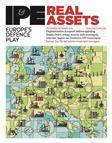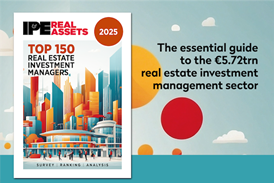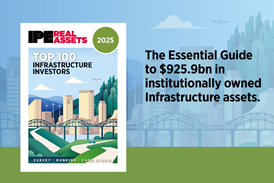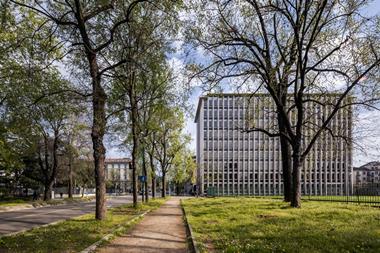
Europe’s commercial real estate debt market has evolved into a diversified lending ecosystem comprising banks and other lenders over the past decade. What began as an opportunistic reaction to bank deleveraging after the global financial crisis has evolved into structural reconfiguration of the real estate credit market.
Non-bank lending (NBL) has grown exponentially, with analysis from INREV’s Fund Manager Survey revealing that non-listed real estate debt grew from €78bn to €442bn between 2016 and 2025, with Europe accounting for roughly a quarter of this capital. In 2024, NBLs made up around 42% of the UK’s outstanding commercial real estate loan books and around 16% across the EU, concentrated in Germany, France and Spain.
NBL is poised for further expansion and this is not merely a story of scale – these lenders have also extended their scope and purpose. Currently, the relationship between bank lenders and NBLs may be symbiotic, collaborative or competitive. Regulatory frameworks are the key determinant of which relationship is appropriate to a given opportunity, alongside borrower demand and institutional investor allocations.
Regulation as catalyst for growth
As interest rates stabilise, allocations to commercial real estate debt products are expected to rise over the next 12 to 18 months, reflecting both real estate and fixed income investors’ preference for predictable and diversified income streams.
The regulatory landscape will continue to act as a catalyst for NBL opportunity and growth. In particular, the continued implementation of the Basel Accords is resetting capital efficiencies across the risk spectrum for banks and is – given differences between jurisdictions – shifting the dynamics of existing regulatory arbitrage. In the EU, Basel III finalisation introduces new output floors that require internal-ratings-based (IRB) banks to hold at least 72.5% of the capital implied by standardised models, while a more onerous proposal in the UK has been deferred.
It is anticipated that this reshaping of credit appetite will accelerate the growth of the NBL sector as banks recede from credit risk positions that are no longer efficient. The central expectation is that EU IRB banks will reposition lending strategies to the upper edge of the lower threshold of the standardised model. This creates an opportunity for NBLs to expand EU lending activity through the provision of transitional finance, whole loans as well as junior lending positions.
This is not a zero-sum game. Equally, collaboration between banks and NBLs is expected to accelerate. Innovative debt structuring through syndication and loan-on-loan finance provides mutually beneficial arrangements that allow continued exposure to valuable parts of the market and provide for the rotation of debt capital though the real estate market in terms of its lifecycle, market cycle and capital structure. Banks will anchor stability while NBLs provide flexibility, creating a more resilient and responsive ecosystem.
Structuring the next decade
If the 2010s were about emergence, the late-2020s will be about sophistication. Whole-loan origination, syndication and loan-on-loan financing are now part of mainstream liquidity management, enabling faster real estate capital recycling. The next phase will be defined by hybrid collaboration, as more joint lending platforms combine the balance-sheet strength of banks with the agility of NBLs. The most successful participants will pair innovation with discipline and transparency.
By late 2026, Europe’s commercial real estate debt landscape will look markedly different. NBLs will account for a greater share of origination, particularly in the UK and Northern Europe, while continental markets such as Germany, France and Spain will see accelerated participation as Basel III output floors are phased in. The European Central Bank’s caution on property risk should keep banks disciplined and strengthen the shift toward diversification.
Investor appetite will be strongest in sectors offering steady income and growth, including logistics, rental housing and life sciences. Transitional office assets with credible decarbonisation plans will also attract funding.
Looking ahead, there will undoubtedly be some headwinds, such as higher funding costs and, potentially, lingering valuation uncertainty. Yet the tailwinds are also clear – namely, bank retrenchment from non senior debt, a sizeable refinancing wall of maturing loans and persistent demand for yield.
Transparency and standardisation
Far from constraining Europe’s commercial real estate debt market, regulation has redefined it. The challenge now is to develop the supports to ensure it is a transparent, institutionalised asset class that can withstand economic cycles.
Sustained growth depends on trust and comparability. INREV has established its Debt Funds Committee to drive forward its initiative for improved data quality and standardisation. Clearer benchmarks for performance, risk, management fees and pricing will attract a deeper pool of institutional investors and confirm real estate debt as a core part of institutional portfolios.
If the past decade laid the foundations for NBLs to provide capital, the decade ahead should see them consolidate their position as a mature, disciplined and sophisticated data-driven pillar of the European real estate lending framework.
To read the latest IPE Real Assets magazine click here.


















